Visit these Vietnam Saigon Attractions
If you are planning a visit to Vietnam and Saigon soon, check out these top attractions to exploring the capital city now called Ho Chi Minh City. In this post, we explore some of the most visually stunning, historic sites, fun foodie venues and scenic venues to explore around the city. We share the cultural highlights, the central district and Old town appeal and one of a kind experiences to having a unique experience here in the city. Use this guide to showcase all the must do things and places to visit when you are looking for interesting and easy things to enjoy around town.
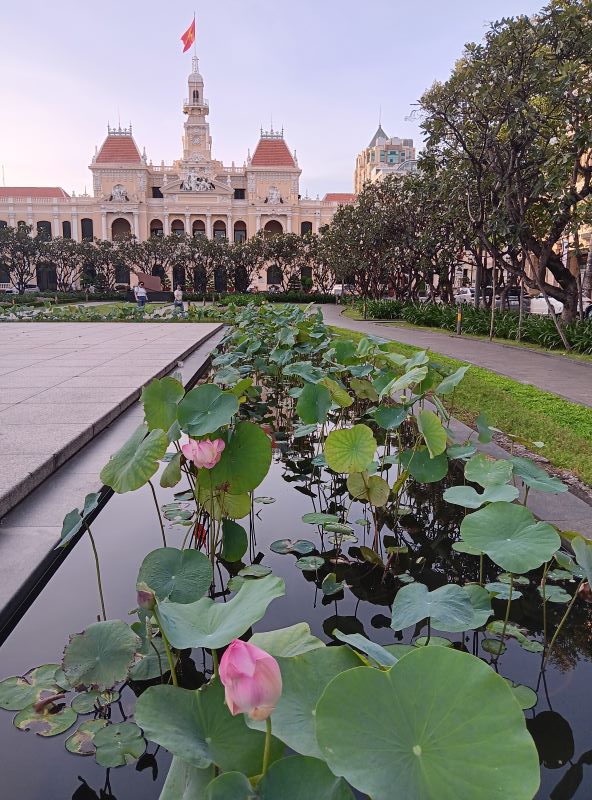
A brief history about Saigon / Ho Chi Minh City
Ho Chi Minh City, still widely known by its former name Saigon, has a layered history shaped by trade, colonialism, war, and rapid modernization. Its origins trace back to the Khmer people, who controlled the region until the 17th century, when Vietnamese settlers began moving south and gradually incorporated the area. By the late 1600s, Saigon became an important frontier settlement, eventually developing into a bustling hub for commerce thanks to its location along the Saigon River.
In the mid-19th century, the French seized control and transformed Saigon into the capital of colonial Cochinchina. They built wide boulevards, grand government buildings, and churches, giving the city a distinctly European architectural style that still lingers today. Under French rule, Saigon earned a reputation as the “Pearl of the Far East,” blending French culture with Vietnamese traditions.
After World War II, the city became the capital of South Vietnam during the Vietnam War, a period that cemented its place in world headlines. It was the site of both prosperity and turmoil, with rapid growth alongside conflict. In April 1975, the fall of Saigon marked the end of the war and the reunification of Vietnam under communist rule. The city was renamed Ho Chi Minh City in honor of the revolutionary leader, though many locals still use “Saigon” in daily life.
Today, Ho Chi Minh City stands as Vietnam’s economic powerhouse. Its past is still visible in colonial landmarks, war relics, and traditional markets, yet it is equally defined by its skyscrapers, tech startups, and fast-paced urban energy. This mix of history and modern drive makes it a city that constantly balances memory and reinvention.
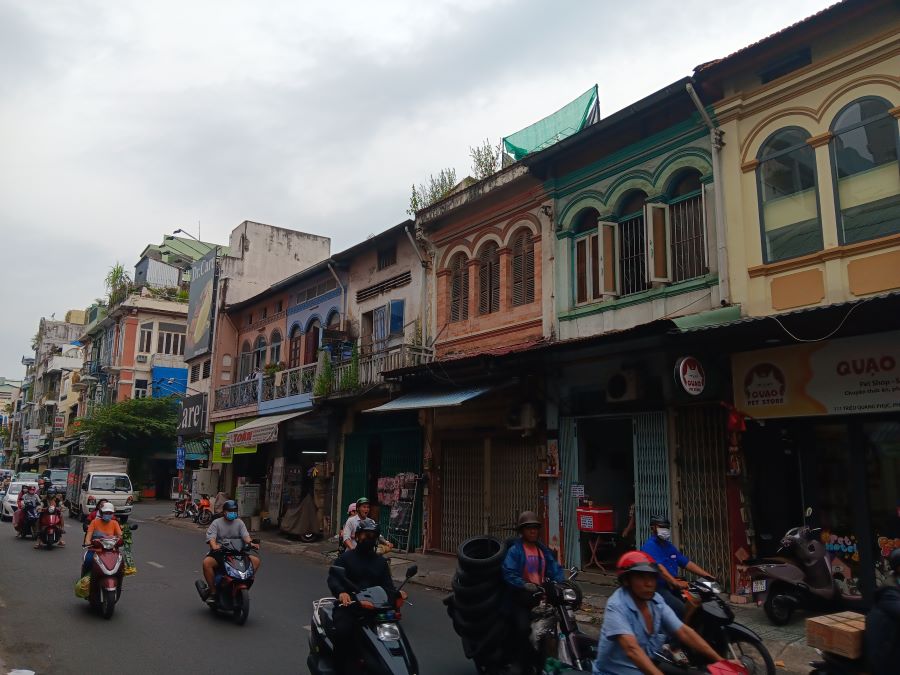
How to get around Saigon
Here’s an outline on how to get around Saigon (Ho Chi Minh City):
1. Walking
- Best for short distances in central districts like District 1.
- Sidewalks can be uneven or crowded with motorbikes, so it requires patience.
- Good for exploring markets, historical landmarks, and local neighborhoods.
2. Motorbike Taxis (Xe Ôm) & Ride-Hailing Apps
- Grab and Gojek are the most popular and convenient for short or medium trips.
- Affordable, quick, and easy to book through an app.
- Traditional xe ôm drivers are also common but usually require negotiating the fare.
3. Regular Taxis
- Reputable companies include Mai Linh and Vinasun.
- Metered and more comfortable than motorbikes, especially for longer rides.
- Traffic congestion can make trips slower during rush hours.
4. Buses
- Extensive local bus system covering much of the city.
- Cheapest way to travel, though routes can be confusing for first-time visitors.
- Air-conditioned buses are more comfortable, but schedules may not be punctual.
5. Metro (Under Development)
- Ho Chi Minh City Metro Line 1 is under construction, expected to ease congestion in coming years.
- Currently, not yet operational (as of 2025).
6. Renting a Motorbike
- Popular among adventurous travelers wanting flexibility.
- Affordable daily or weekly rentals available.
- Requires confidence in chaotic traffic and usually an international driver’s license.
7. Cyclos (Pedicabs)
- Traditional three-wheeled bicycle taxis, mainly for short scenic rides in tourist areas.
- More of a cultural experience than a practical way to get around.
8. Private Cars or Tours
- Car hire with a driver or guided tours offer comfort and efficiency.
- Useful for day trips outside the city or group travel.
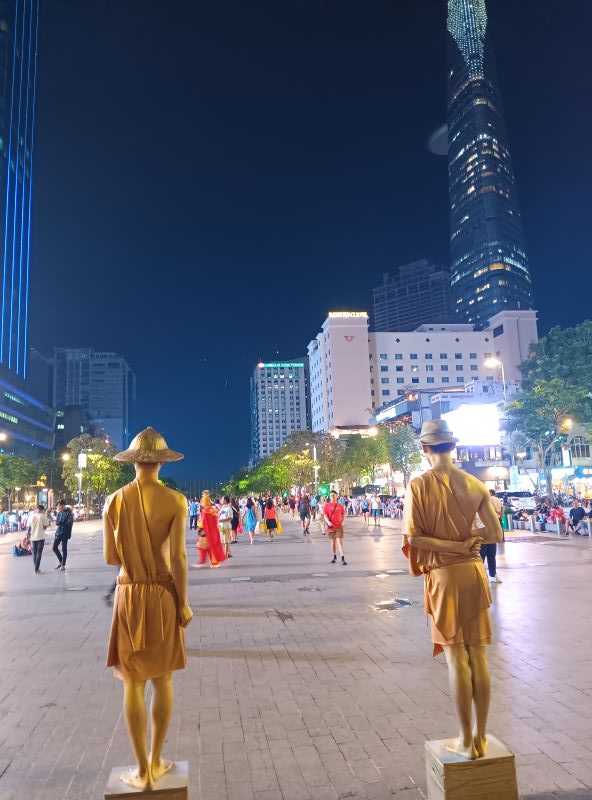
18 Popular attractions to visit in Saigon
Here’s an outline of the 18 top attractions to visit in Saigon (Ho Chi Minh City) to explore below:
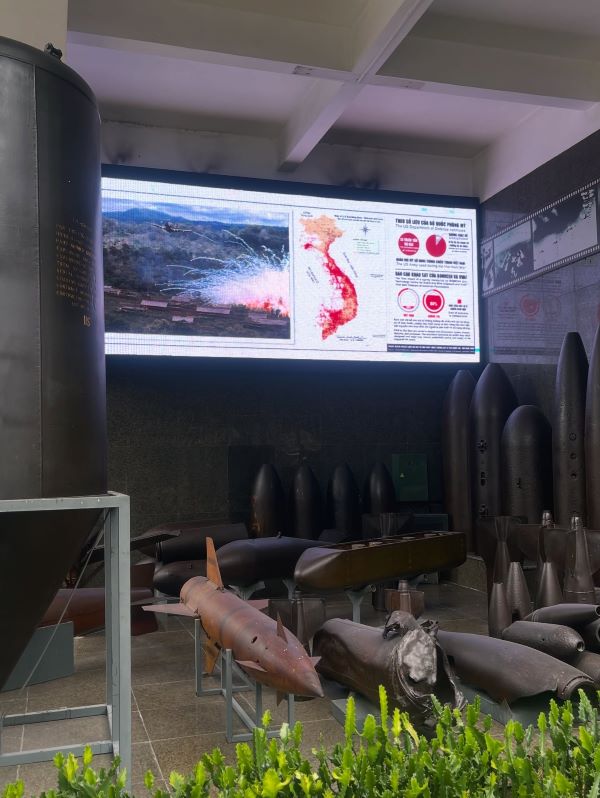
1. War Remnants Museum
The War Remnants Museum in Ho Chi Minh City is one of the most powerful places to learn about Vietnam’s modern history. It focuses on the Vietnam War, displaying photographs, documents, and artifacts that reveal the human cost of the conflict. Outside, visitors can see tanks, helicopters, and fighter planes, while inside, exhibits cover everything from the impact of Agent Orange to international anti-war movements. The museum can be emotionally heavy, but it offers a raw and unfiltered perspective that helps visitors understand the war’s lasting effects on Vietnam and its people.
- Offers a sobering look at the Vietnam War through photographs, artifacts, and military equipment.
- One of the most visited museums in Vietnam.
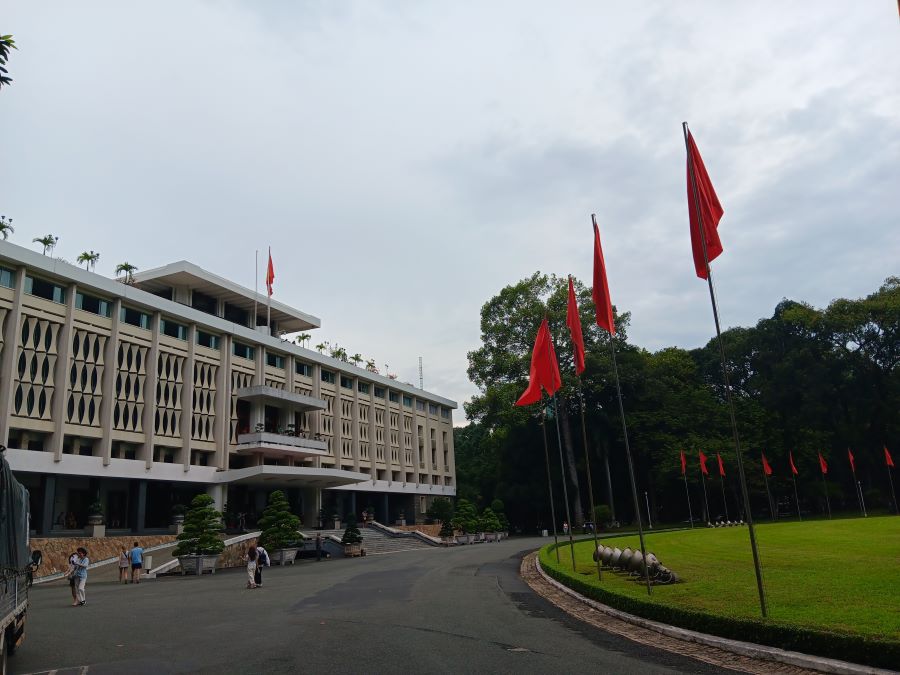
2. Reunification Palace (Independence Palace)
The Reunification Palace, also known as the Independence Palace, is a landmark tied closely to Vietnam’s modern history. Built in the 1960s, it served as the presidential residence and the seat of South Vietnam’s government during the Vietnam War. The palace became iconic on April 30, 1975, when North Vietnamese tanks broke through its gates, marking the end of the war and the reunification of the country. Today, visitors can tour its preserved rooms, command bunkers, and meeting halls, which remain much as they were in the 1970s. The palace not only reflects mid-20th-century architecture but also serves as a living time capsule of a pivotal moment in Vietnam’s story.
- Historic site where the Vietnam War effectively ended in 1975.
- Preserved rooms, command bunkers, and war memorabilia to explore.
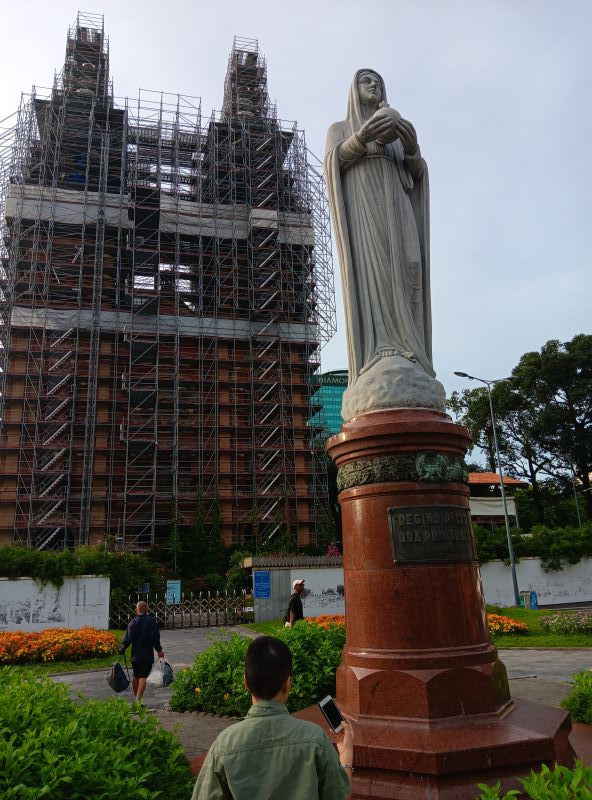
3. Notre Dame Cathedral of Saigon
The Notre Dame Cathedral of Saigon is a striking example of French colonial architecture in the heart of Ho Chi Minh City. Built between 1863 and 1880 using materials imported from France, the cathedral features twin bell towers, red brick walls, and stained-glass windows that create an elegant, historic presence amidst the urban bustle. It remains an active place of worship while also drawing tourists who admire its design and the peaceful square in front, which is often dotted with locals and visitors taking photos or resting in the shade of nearby trees. The cathedral stands as a reminder of the city’s colonial past and its enduring architectural beauty.
- Built by the French in the late 19th century.
- A symbol of the city with twin bell towers and red brick façade.
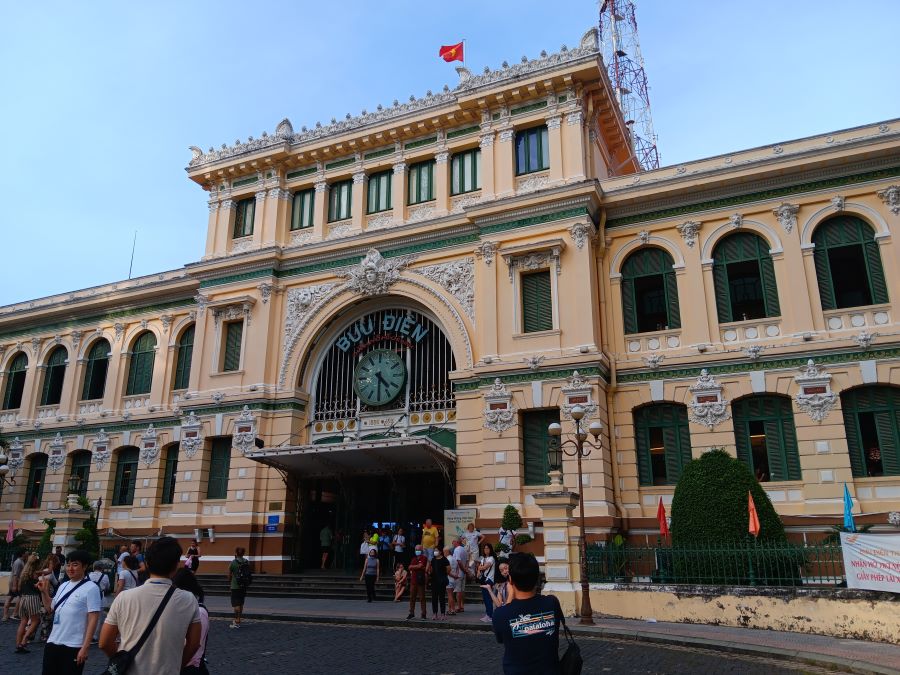
4. Saigon Central Post Office
The Saigon Central Post Office is a historic landmark and a functioning postal facility in the heart of Ho Chi Minh City. Designed by Gustave Eiffel in the late 19th century, the building features a striking blend of French colonial and Gothic architectural styles, with vaulted ceilings, arched windows, and decorative ironwork. Inside, visitors can admire old maps, vintage telephone booths, and ornate counters while sending postcards or souvenirs. Its combination of historical charm and ongoing everyday use makes the Central Post Office both a cultural attraction and a glimpse into the city’s colonial heritage.
- Another French colonial landmark designed by Gustave Eiffel.
- Still a functioning post office and popular for its striking architecture.
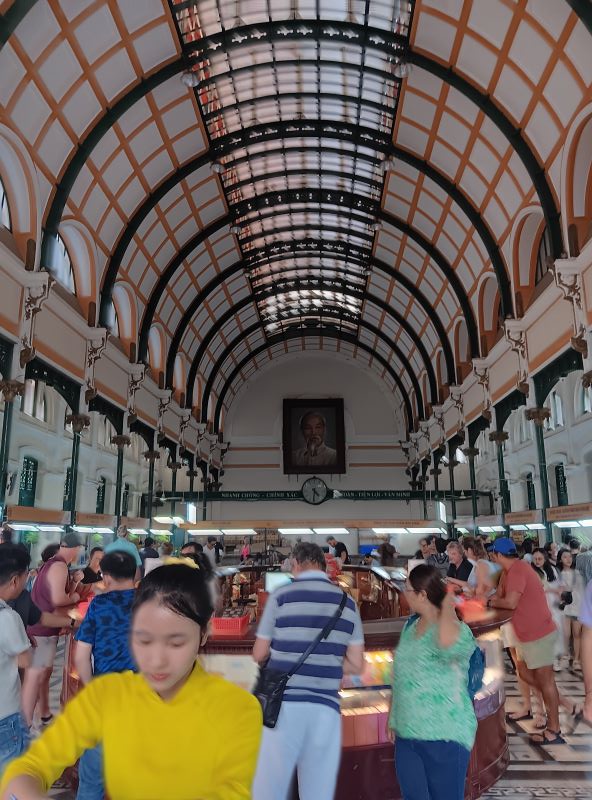
Inside the Saigon Post Office
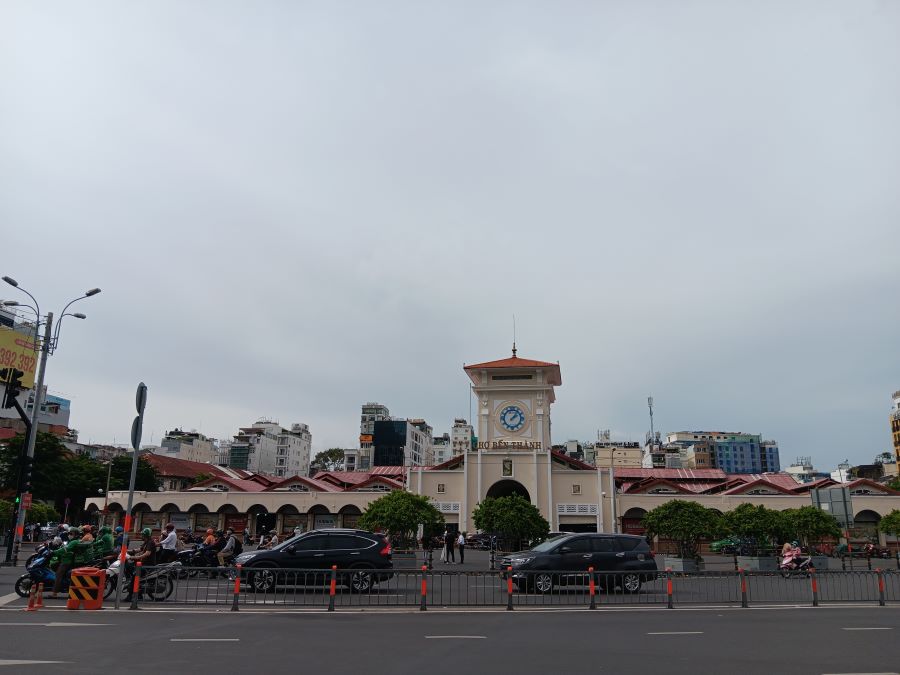
5. Ben Thanh Market
Ben Thanh Market is one of Ho Chi Minh City’s most iconic destinations, offering a lively mix of shopping, food, and local culture. Located in the heart of District 1, the market features a maze of stalls selling everything from clothing, souvenirs, and handicrafts to fresh produce and street food. It’s a great place to sample Vietnamese specialties like pho, banh mi, and tropical fruits while experiencing the vibrant hustle of daily life. With its central location, distinctive clock tower, and bustling atmosphere, Ben Thanh Market provides a snapshot of the city’s energy and charm.
- Bustling market for souvenirs, clothing, and local street food.
- Great place to experience everyday commerce and bargaining.
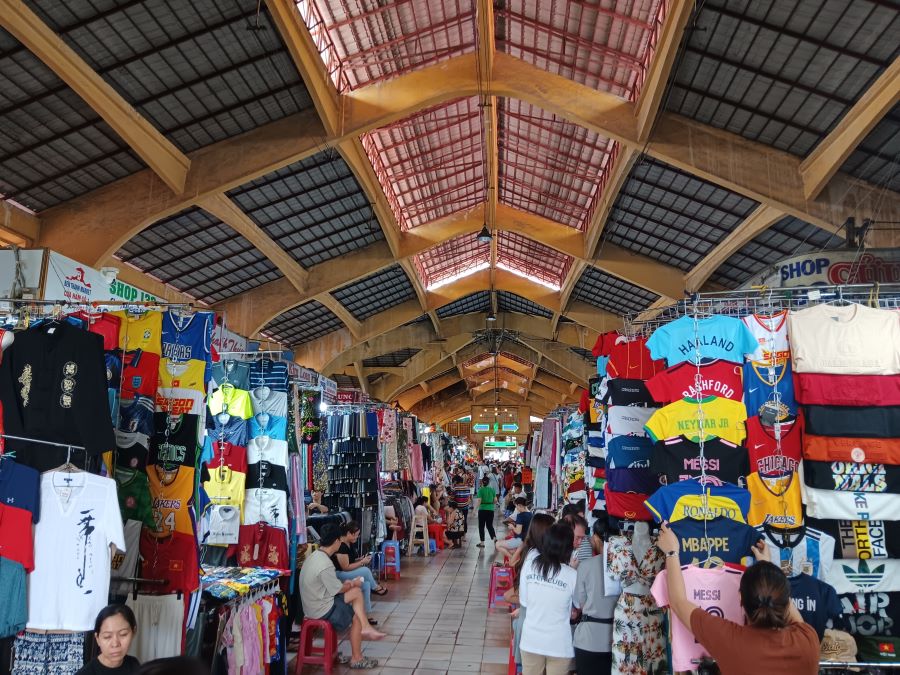
Exploring the stalls of the Ben Thanh Market
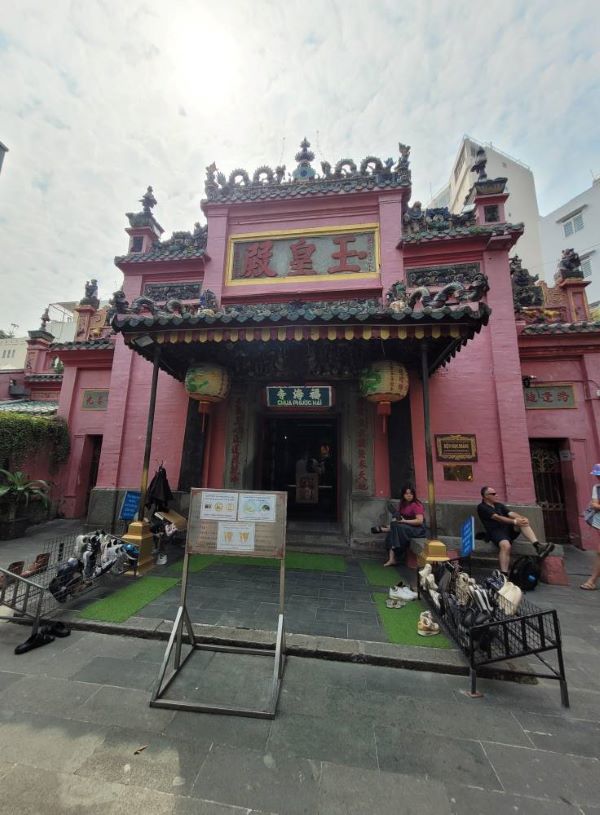
6. Jade Emperor Pagoda
- An atmospheric Taoist pagoda filled with statues, carvings, and incense.
- Known for its spiritual atmosphere and intricate details.
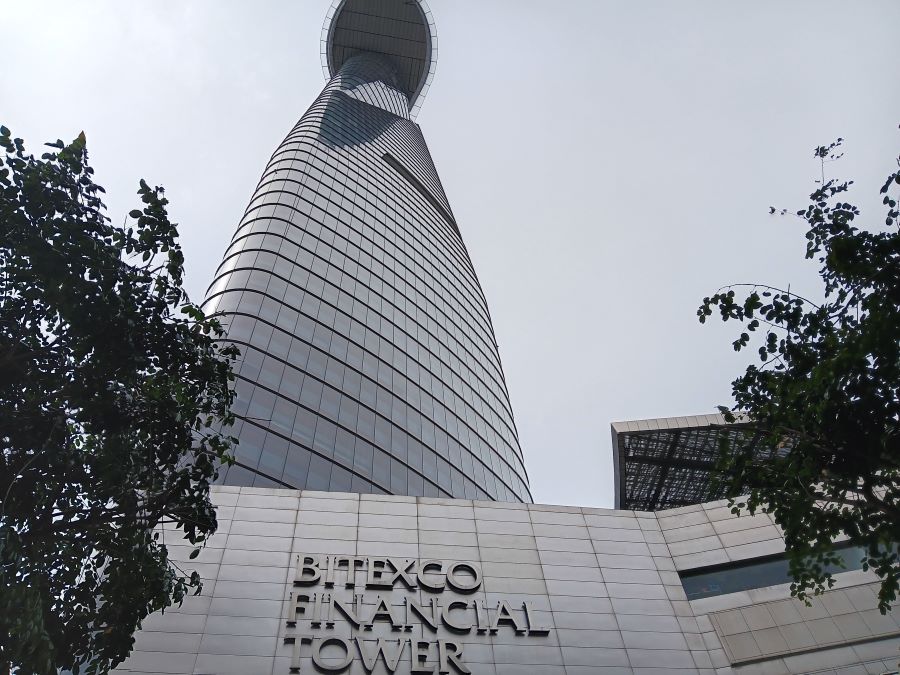
7. Bitexco Financial Tower & Skydeck
- Modern skyscraper with a panoramic observation deck.
- Offers sweeping views of the city skyline, especially at sunset.
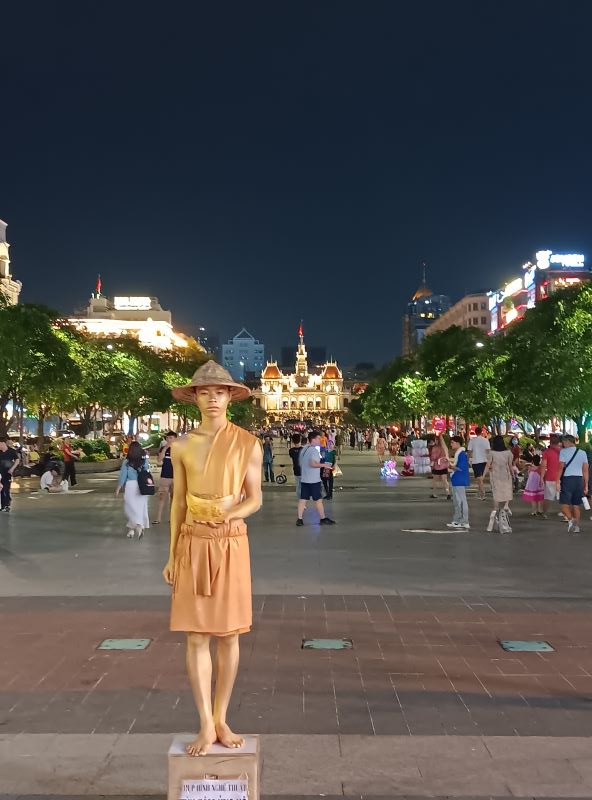
8. Nguyen Hue Walking Street
Nguyen Hue Walking Street is one of the most popular gathering spots in Ho Chi Minh City, stretching from the Saigon River to the People’s Committee Building. This wide pedestrian avenue is lined with shops, cafes, and high-rise buildings, making it a lively place to stroll both day and night. In the evenings, it comes alive with street performers, families, and groups of friends enjoying the open space, while seasonal decorations and festivals often add extra color to the scene. With its central location and vibrant atmosphere, it’s a favorite spot for both locals and visitors to relax, people-watch, and soak in the energy of the city.
- Wide pedestrian avenue lined with shops, cafes, and restaurants.
- Popular for evening strolls and cultural events.
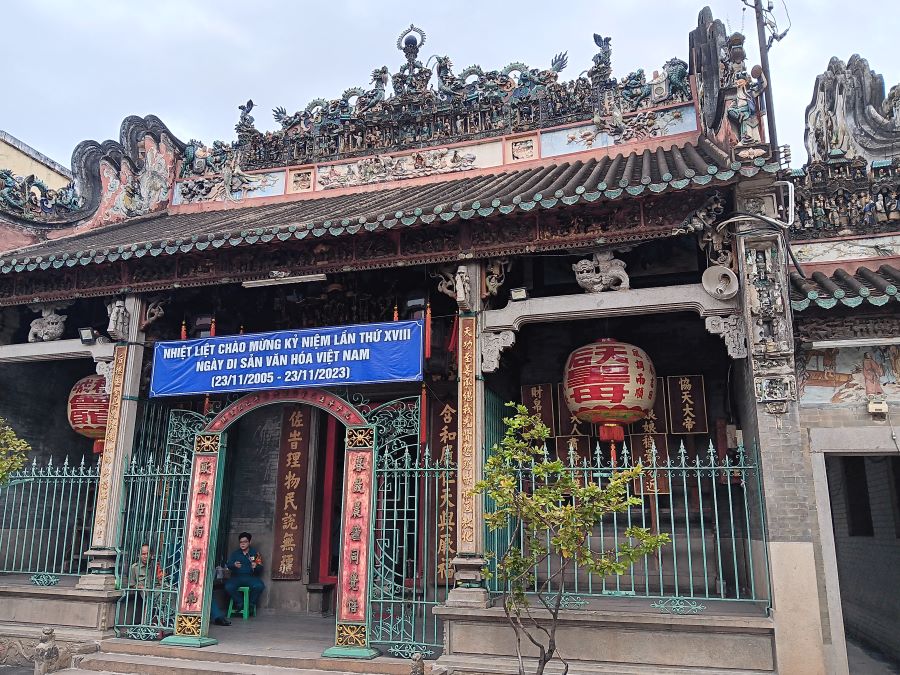
9. Chinatown (Cholon)
Visiting Chinatown, or Cholon, in Ho Chi Minh City offers a lively mix of culture, commerce, and history. This district is home to bustling markets like Binh Tay, where vendors sell everything from spices and herbs to household goods, alongside food stalls serving traditional Chinese-Vietnamese dishes. Narrow streets are lined with herbal medicine shops, tea houses, and colorful pagodas such as the Thien Hau Temple, dedicated to the sea goddess. Cholon feels different from the city center, with its distinct Chinese heritage blending into the fast-paced energy of Saigon, making it a rewarding area to explore on foot or by motorbike.
- Historic Chinese district with temples, herbal shops, and bustling markets.
- Highlights include Binh Tay Market and Thien Hau Temple.
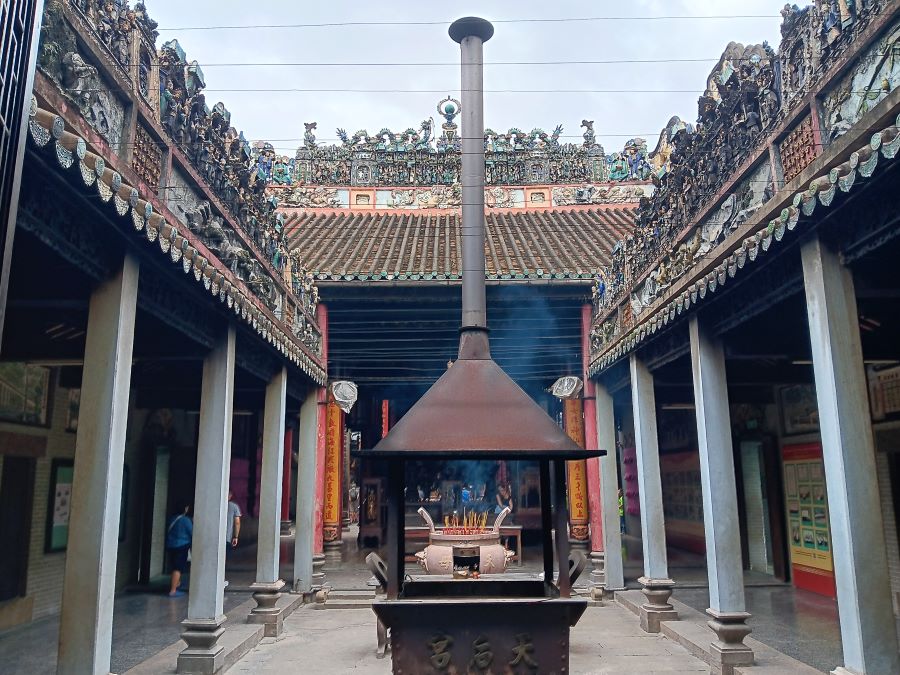
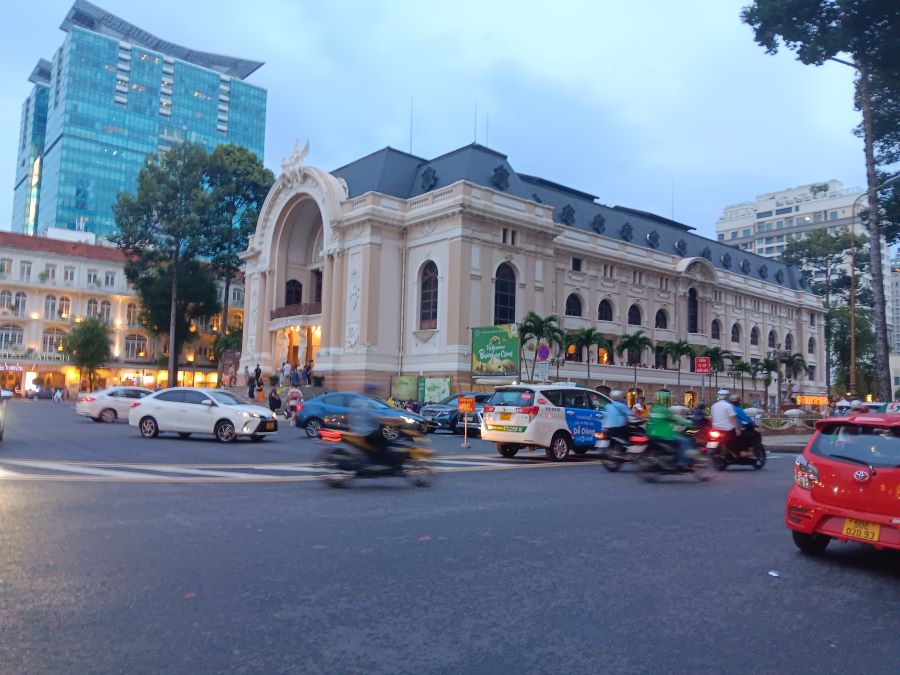
10. Saigon Opera House (Municipal Theatre)
The Saigon Opera House, also known as the Municipal Theatre, is one of Ho Chi Minh City’s most elegant landmarks. Built in 1897 during the French colonial era, the building showcases ornate architecture with arched windows, detailed sculptures, and a grand façade that reflects European influences. Inside, the theatre seats hundreds and hosts a range of performances, from ballet and classical concerts to modern cultural shows like the popular A O Show. Even if you don’t attend a performance, the Opera House is worth visiting to admire its striking design, especially when it’s illuminated at night along the lively Dong Khoi Street.
- Elegant French colonial building hosting cultural performances.
- Can be admired from the outside or enjoyed through a show.
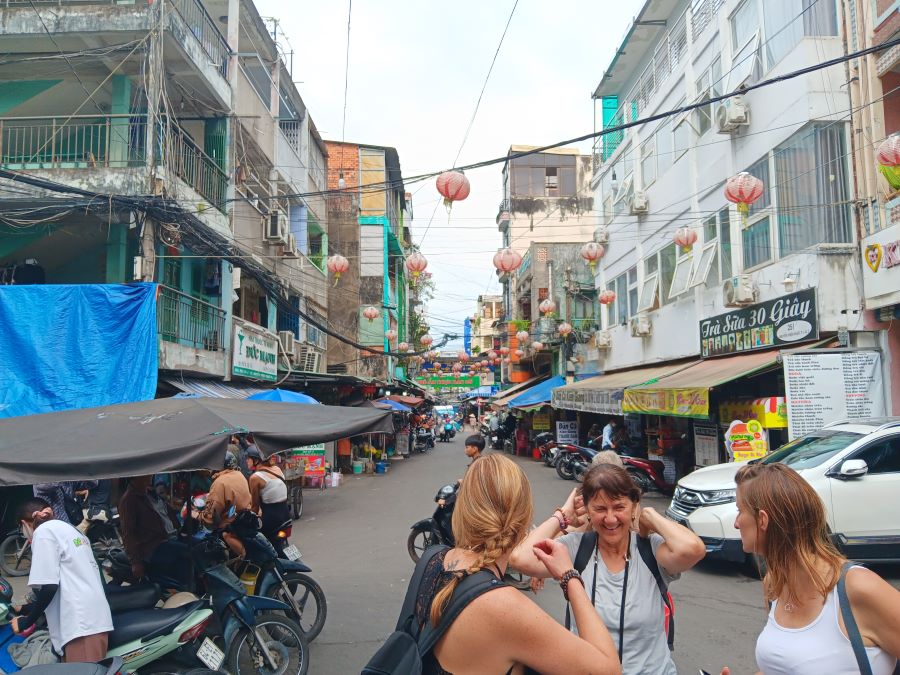
11. Saigon city motorbike tour
One of my favorite things to do in town was to take a city motorbike tour to explore more of the areas outside of the central district to find unusual places and cool things to do around the city. We had assigned drivers that toured with each visitor and had an exciting experience on the back of each motorbike to explore many of the unique and one of a kind venues not typically seen by tourists unless you do a fun tour like this.
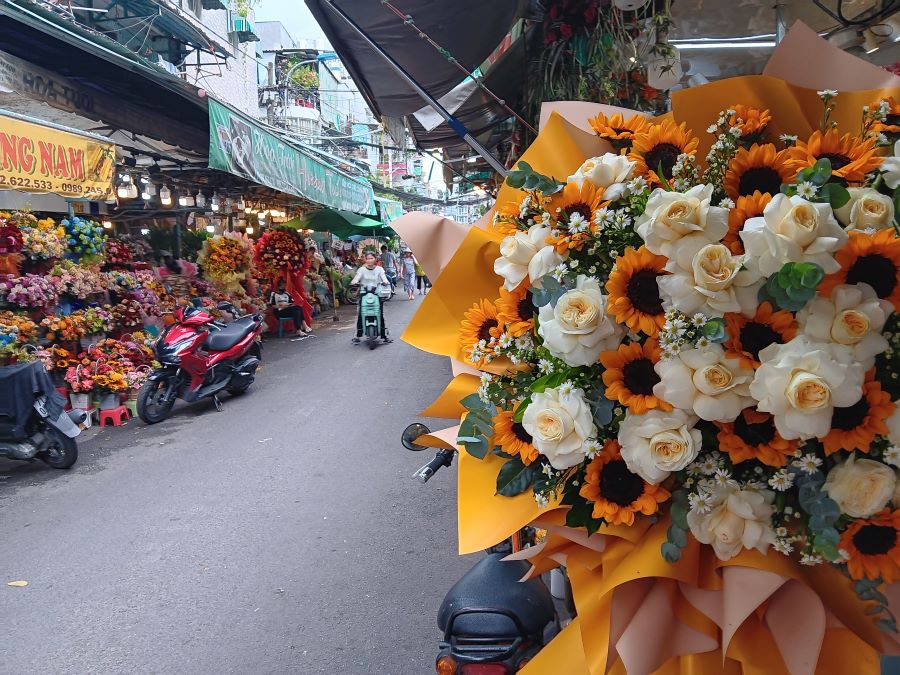
12. Explore the Saigon Flower market
One of the most colorful places that we took through the city motorbike tour was through the flower market area which was fun to explore. With an amazing assortment of tropical plants, flowers and popular flower displays done and at really amazing prices, it was fun exploring and learning a little bit more about this colorful and fun marketplaces.
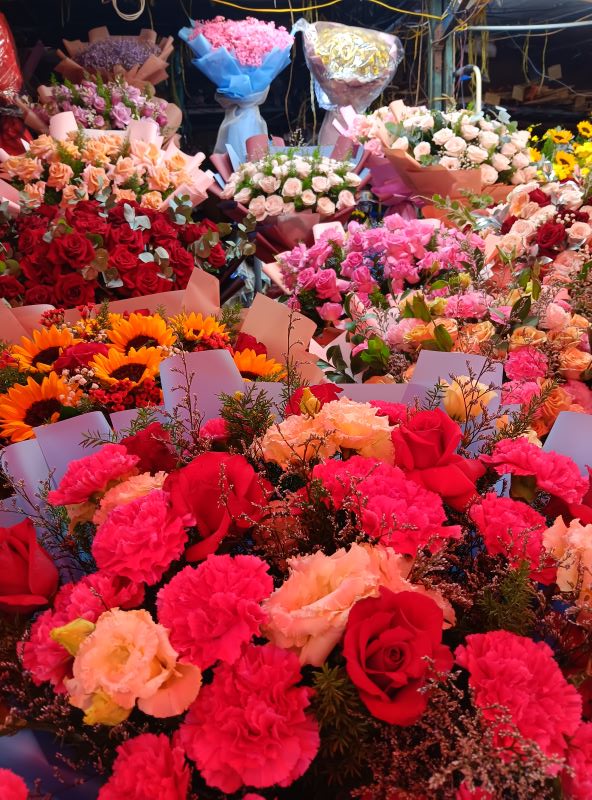
Exotic flower arrangements at the Saigon Flower Market
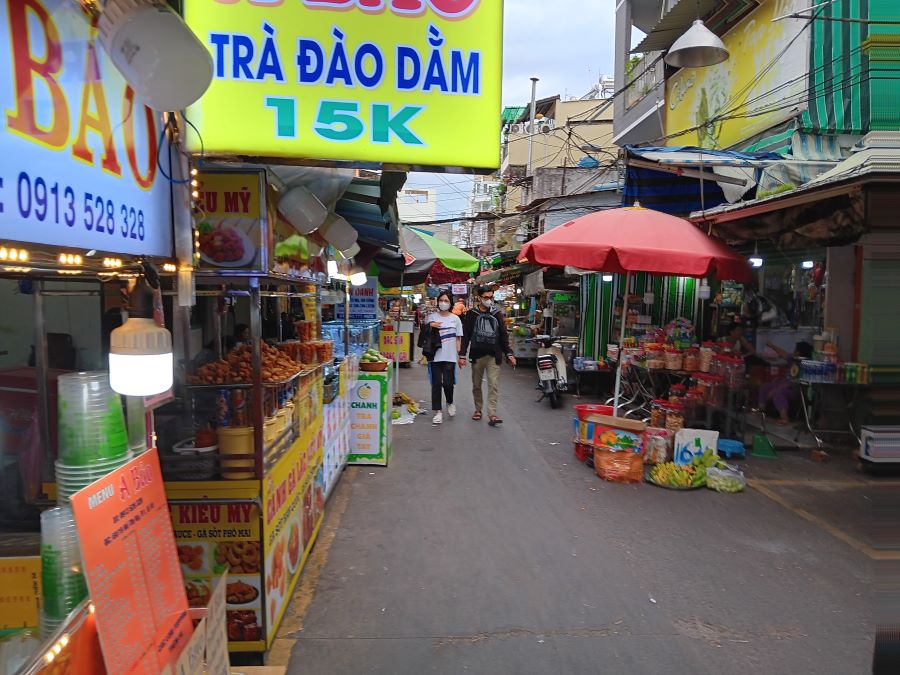
13. Visit a night market in Saigon
One of the most popular night markets (and there are many) is the night market of xxxx, a large walking only market filled with many street food vendors, crafters, gaming / toy vendors and unique stalls selling a variety of hand made foods, local goods to even souvenir stands for cheap prices and amazing street food to enjoy.
Here’s an outline describing the night markets of Saigon:
Night Markets of Saigon
- Ben Thanh Night Market
- Location: Surrounds the daytime Ben Thanh Market in District 1.
- Atmosphere: Bustling with vendors spilling into the streets after sunset.
- Offerings: Street food, souvenirs, clothing, handicrafts.
- Highlight: Affordable Vietnamese dishes like pho, banh xeo, and fresh seafood grilled on the spot.
- Ba Hoa Market
- Location: District 10, known for its central Vietnamese influences.
- Atmosphere: Local and less tourist-driven, giving a more authentic feel.
- Offerings: Fresh produce, traditional dishes, and regional snacks.
- Highlight: Great place to try Hue-style specialties.
- Cho Lon (Binh Tay Night Market)
- Location: Chinatown (District 5).
- Atmosphere: More traditional, with Chinese-Vietnamese influences.
- Offerings: Herbal teas, Chinese medicine, lanterns, and cultural goods.
- Highlight: Rich cultural blend in both food and atmosphere.
- Food Street Markets (Ton That Thiep, Nguyen Thuong Hien, etc.)
- Location: Spread across central districts.
- Atmosphere: Streets lined with vendors and small plastic tables filled with locals.
- Offerings: Barbecue skewers, hotpot, fresh fruit juices, and sweet desserts.
- Highlight: Affordable, fun, and very social dining experience.
If you want to experience a night market, here’s a video highlight tour of the markets below
Here’s an outline describing the night markets of Saigon:
Night Markets of Saigon
- Ben Thanh Night Market
- Location: Surrounds the daytime Ben Thanh Market in District 1.
- Atmosphere: Bustling with vendors spilling into the streets after sunset.
- Offerings: Street food, souvenirs, clothing, handicrafts.
- Highlight: Affordable Vietnamese dishes like pho, banh xeo, and fresh seafood grilled on the spot.
- Ba Hoa Market
- Location: District 10, known for its central Vietnamese influences.
- Atmosphere: Local and less tourist-driven, giving a more authentic feel.
- Offerings: Fresh produce, traditional dishes, and regional snacks.
- Highlight: Great place to try Hue-style specialties.
- Cho Lon (Binh Tay Night Market)
- Location: Chinatown (District 5).
- Atmosphere: More traditional, with Chinese-Vietnamese influences.
- Offerings: Herbal teas, Chinese medicine, lanterns, and cultural goods.
- Highlight: Rich cultural blend in both food and atmosphere.
- Food Street Markets (Ton That Thiep, Nguyen Thuong Hien, etc.)
- Location: Spread across central districts.
- Atmosphere: Streets lined with vendors and small plastic tables filled with locals.
- Offerings: Barbecue skewers, hotpot, fresh fruit juices, and sweet desserts.
- Highlight: Affordable, fun, and very social dining experience.
Check out the night market scene here in Saigon below, it’s amazing!
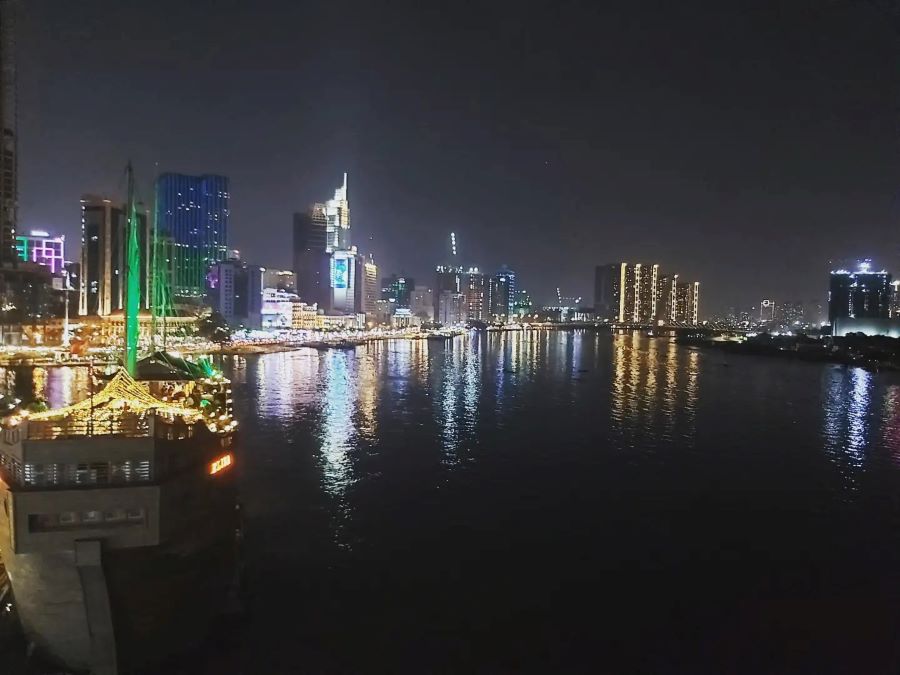
14. Enjoy a Rooftop Bar or Observation Deck
A fantastic way to enjoy the views of Saigon from above and spotting the main attractions and landmarks while enjoying some delcious cocktails and small bites. Popular times tend to be around sunset to nighttime visits to these popular venues below:
- Experience the View:
- Take in panoramic views of the city skyline, Saigon River, and bustling streets below.
- Ideal for sunsets, night city lights, or daytime cityscapes.
- Popular Spots:
- Bitexco Financial Tower Sky Deck – 360-degree city views.
- Rooftop bars like Chill Skybar, EON Heli Bar, or Saigon Saigon Rooftop Bar.
- Food & Drinks:
- Enjoy cocktails, mocktails, or local beverages.
- Light bites or full meals available at many rooftop locations.
- Atmosphere & Experience:
- Chic, modern settings perfect for photography.
- A mix of locals and travelers create a lively yet relaxed vibe.
- Tips:
- Arrive before sunset for the best views and photos.
- Dress smart-casual; some bars have a dress code.
- Check if reservations are required for peak hours.
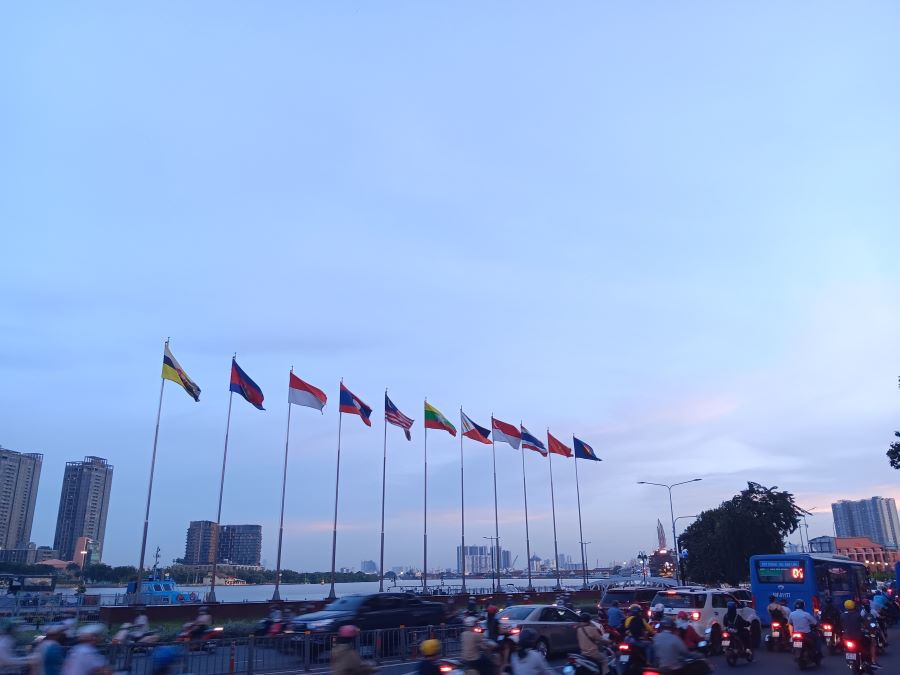
15. Stroll Along the Saigon River
A stroll along the Saigon River offers a peaceful contrast to the city’s lively streets. The riverfront promenade is lined with greenery, cafés, and occasional street performers, making it ideal for a morning walk or an evening unwind. Boats and ferries drift along the water, providing a glimpse of local life and commerce, while the skyline of Ho Chi Minh City rises in the background, blending modern architecture with historic charm. Whether you’re stopping to watch the sunset or simply enjoying the gentle river breeze, this riverside walk offers a quiet moment to soak in Saigon’s rhythm and scenery.
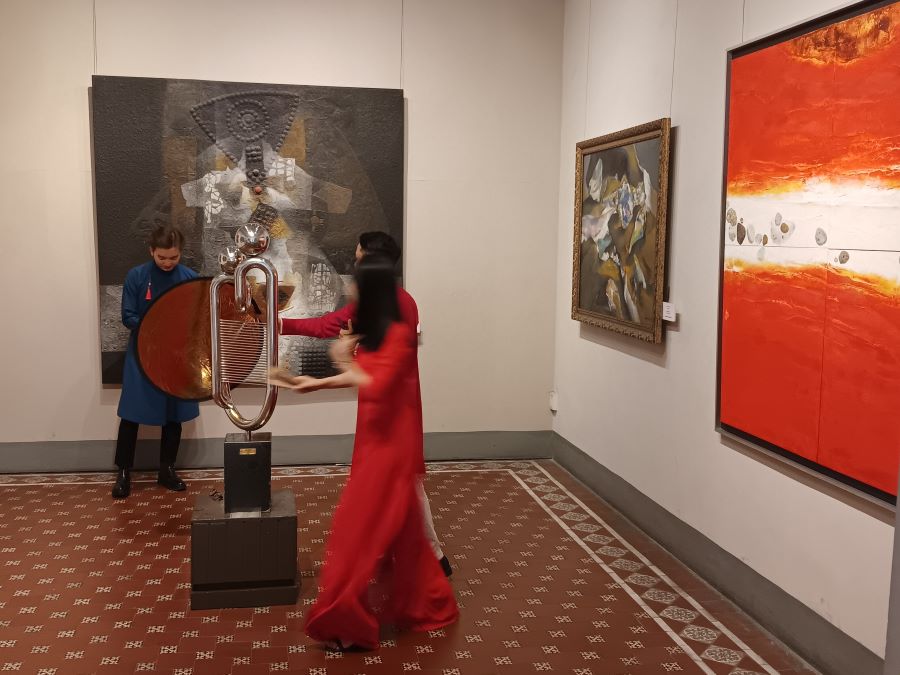
16. Saigon Fine Arts Museum scene
The Saigon Fine Arts Museum sits in a quiet corner of District 3, housed in a French colonial building with soft yellow walls and elegant columns that hint at the city’s layered history. Inside, high ceilings and natural light create an airy, contemplative space where Vietnamese art—from traditional lacquer and silk paintings to modern sculptures and contemporary installations—takes center stage. Wooden floors and minimalist displays give each piece room to breathe, while small plaques provide insight into the artists and techniques. The atmosphere is calm, offering a peaceful break from the city’s bustle, and occasional temporary exhibitions showcase emerging talent. Visitors can linger, photograph where allowed, and even browse the small shop for prints or art-inspired souvenirs, making it a rewarding stop for both casual visitors and art enthusiasts alike.
Exploring the cool art museums of Saigon
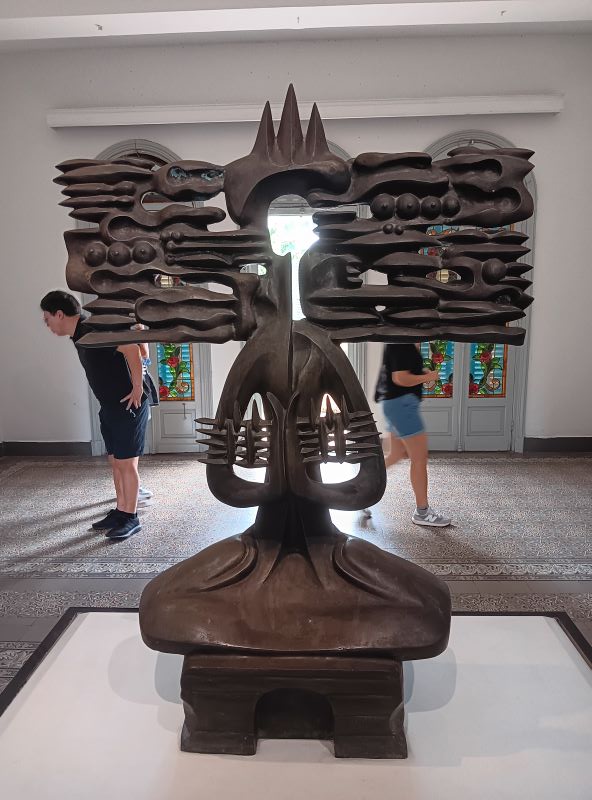
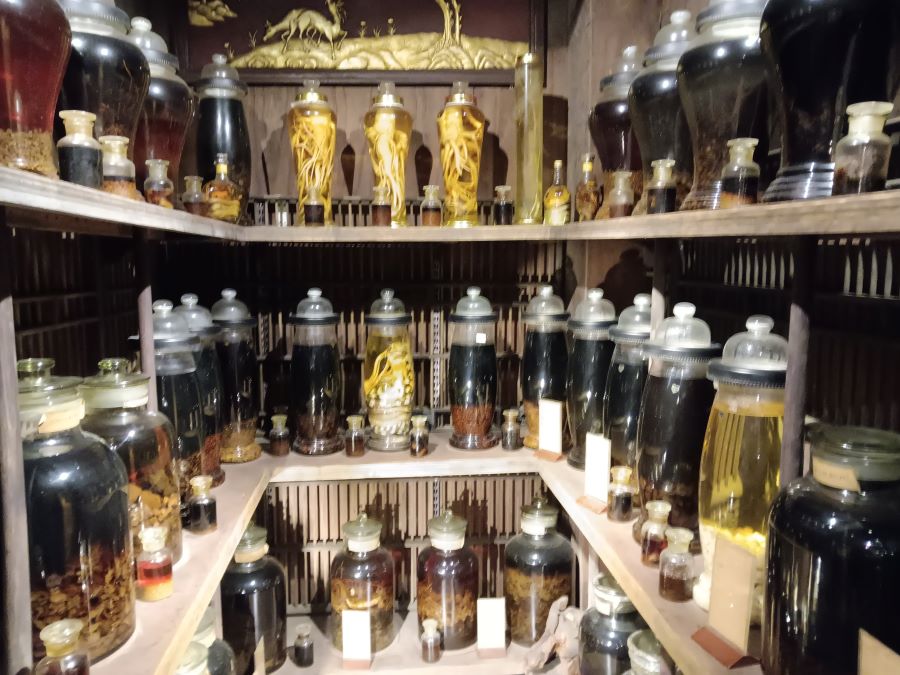
17. Museum of Traditional Vietnamese Medicine
The Museum of Traditional Vietnamese Medicine is a small but intriguing spot tucked away in District 5, the heart of the city’s Chinatown. It offers a glimpse into Vietnam’s long tradition of herbal medicine, displaying shelves of dried roots, leaves, and medicinal plants, alongside traditional tools and antique bottles. Informative exhibits explain the uses of various herbs in treating common ailments and maintaining health, while old photographs and illustrations provide historical context. The museum has an intimate, slightly rustic feel, with the scent of dried herbs subtly filling the air, creating a sensory connection to the practices it preserves. For those interested in traditional medicine or local culture, it’s a quiet, fascinating stop that adds depth to a visit in Saigon.
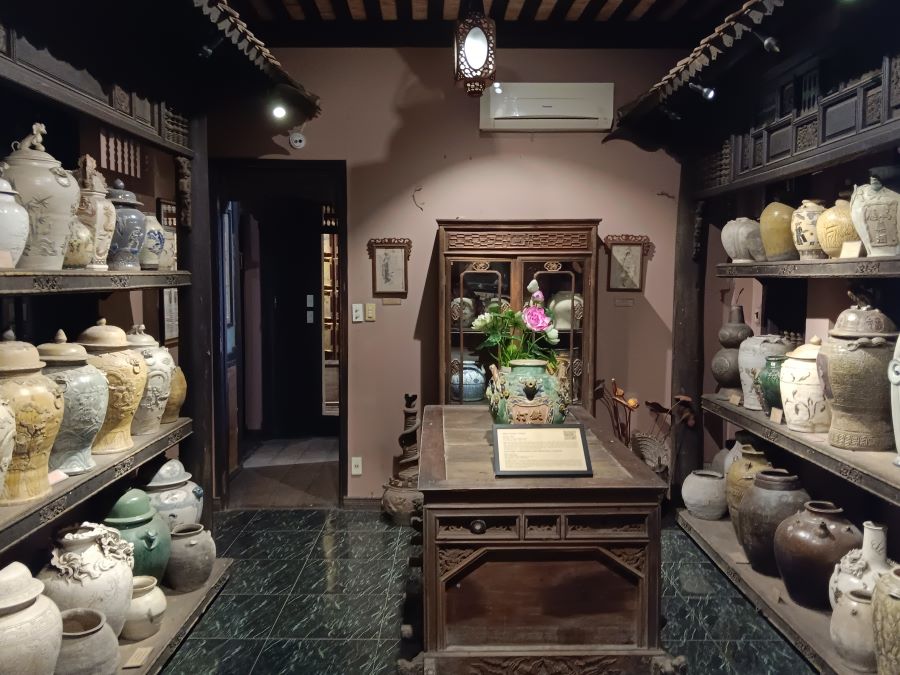
Visit to the Saigon Herbal Museum
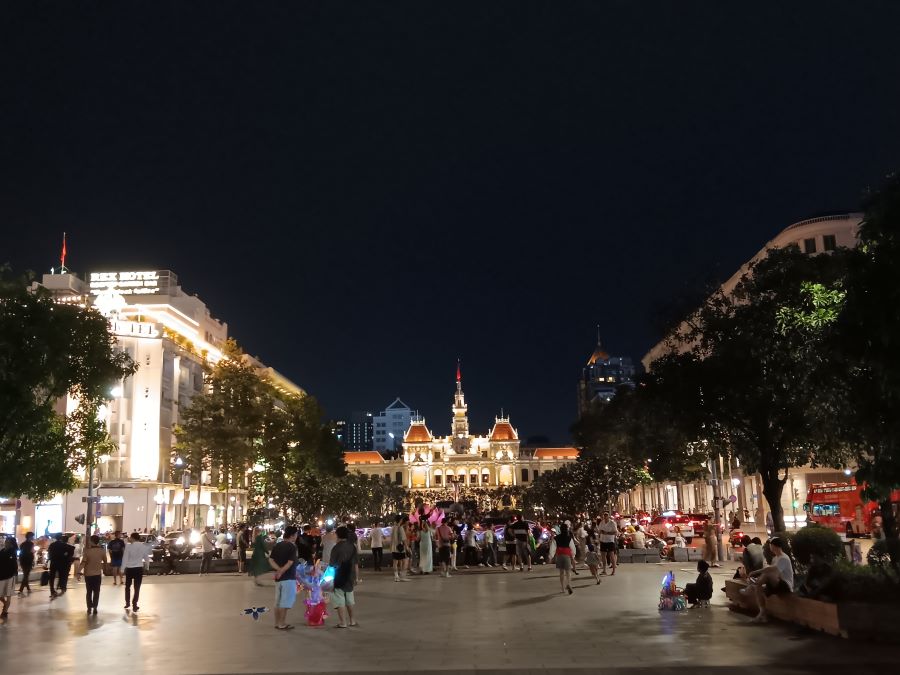
18. Explore nighttime at Saigon’s central district
Explore nighttime at Saigon’s central district and you’ll find the city buzzing with energy. Streets glow with neon lights, food stalls sizzle with late-night bites, and locals mingle with visitors around rooftop bars and lively cafés. Motorbikes weave through the traffic, adding to the pulse of the area, while street performers and night markets create a festive atmosphere. Whether you’re looking for a laid-back evening walk along Nguyen Hue Walking Street, a taste of Vietnamese street food, or cocktails with a skyline view, the central district offers a dynamic mix that keeps the city alive well into the night.
Here’s a video tour of the nightlife around the Saigon central district below
Further Reading Visiting Vietnam
Check out these other posts to visiting Central, South and North Vietnam regions below
Visit to Da Nang in Central Vietnam
Imperial Hue in Central Vietnam
Conclusion to visiting Saigon in Southern Vietnam
Saigon offers a mix of history, culture, and energy that feels alive at every corner. From the French colonial architecture and historic temples to the bustling markets and vibrant street food scene, there’s a layer of the city ready to surprise every traveler. Whether you’re wandering the tree-lined boulevards, sampling local flavors, or watching life pulse along the Saigon River, the city leaves a lasting impression that’s both dynamic and intimate. Don’t just read about it—experience it for yourself. Book your trip to Saigon and step into a city where every street tells a story and every meal becomes a memory.
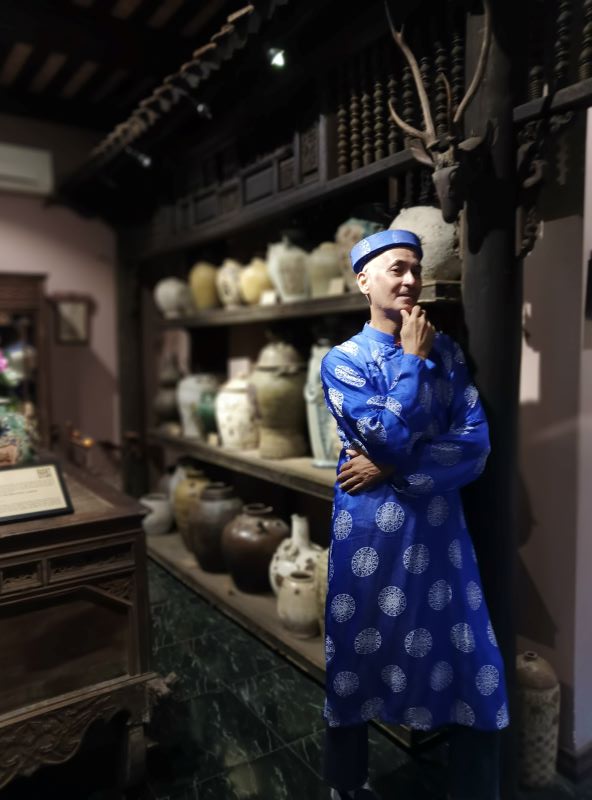
About Travel journalist Noel Morata
As a photographer, blogger and travel journalist, I have spent a lot of time exploring SouthEast Asia and enjoyed discovering the wonderful attraction of Vietnam and the capital city of Saigon, known currently as Ho Chi Minh city. Filled with historic and cultural sites, museums, important landmarks, food discoveries and unique activities and attractions, I share some of my favorite and popular places to visit and things to do in this frenetic and busy city of Saigon.

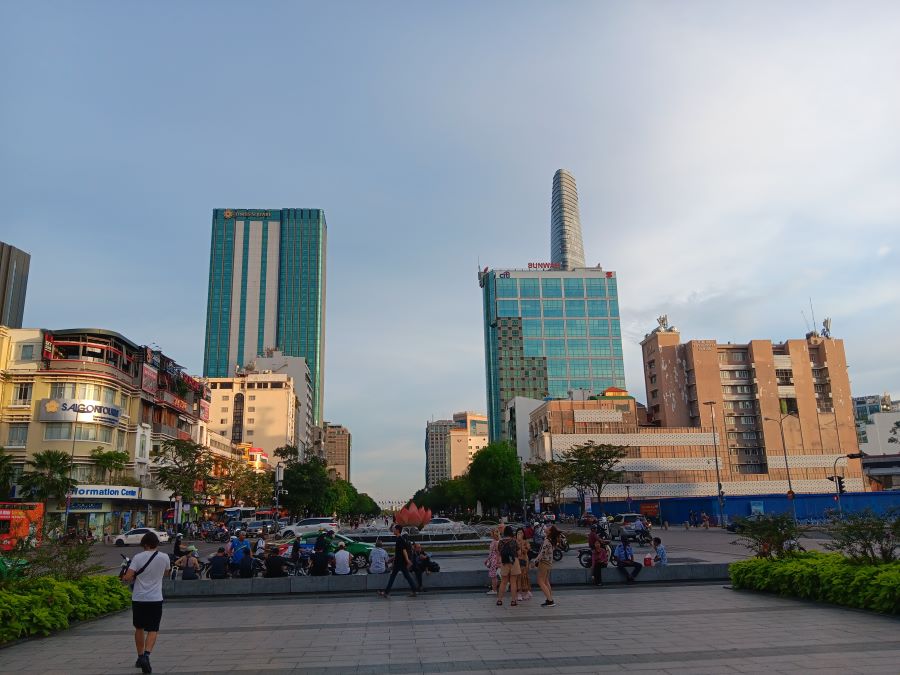

Trackbacks/Pingbacks